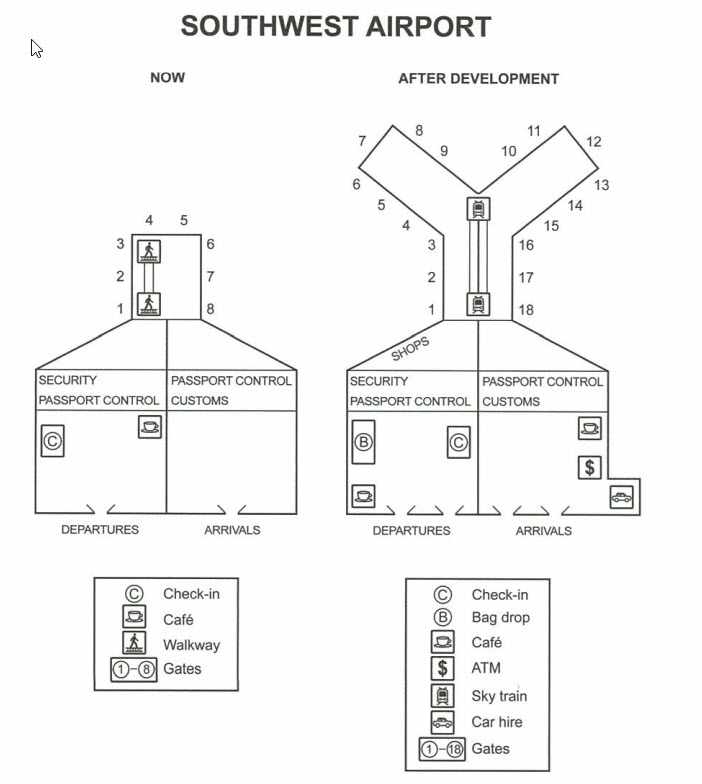PART A
1. Adult Hydrocephalus
2. Stooped Posture
3. Syncope
4. Hypertension
5. Thyroid Abnormalities
6. Hysterectomy
7. Colon cancer
8. Caltrate Plus D
9. Heart Rate 87
10. Mild Ventriculomegaly
11. Sylvian Aqueduct
12. Cerebral Spinal Fluid Leakage
13. Antibiotics And Prednisone
14. Pleurisy
15. Splenomegaly
16. Diffuse Hypermetabolic Lymph Nodes
17. Peripheral Smear
18. Tubal Ligation
19. Migraines
20. Emphysema
21. Arrhythmia
22. Lunesta
23. Cyclophosphamide
24. Allopurinol
PART B
25. C
26. B
27. A
28. C
29. C
30. B
PART C EX 1
31. A
32. C
33. B
34. C
35. A
36. C
PART C EX 2
37. A
38. B
39. A
40. B
41. C
42. B
How did it go? Please write your score in the comments!
We hope this information has been valuable to you. If so, please consider a monetary donation to Lifestyle Training Centre via UPI. Your support is greatly appreciated.

Would you like to undergo training for OET, PTE, IELTS, Duolingo, Phonetics, or Spoken English with us? Kindly contact us now!
📱 Call/WhatsApp/Text: +91 9886926773
📧 Email: [email protected]
Visit us in person by following the directions on Google Maps. We look forward to welcoming you to the Lifestyle Training Centre.
Follow Lifestyle Training Centre on social media:
Thank you very much!



